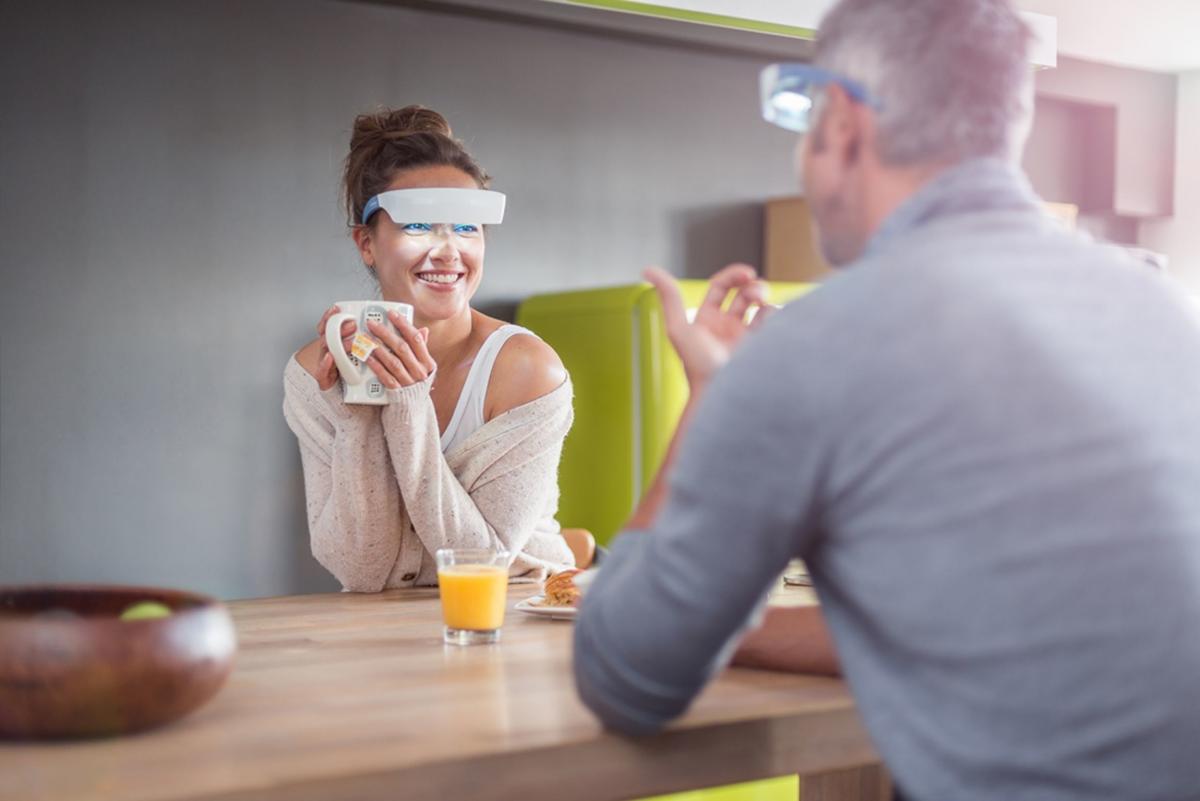You’ve probably heard of or perhaps know someone who suffers from a psychological condition, or phenomena if you prefer, known as Seasonal Affective Disorder (SAD). The onset of this condition is usually in the fall, around the time it starts getting darker earlier and lasts until spring time, approximately. Those affected by this condition experience symptoms ranging from a mild case of the blues to severe depression in the worst case. Physical symptoms have also been noted such as weariness, sleepiness, sleep disorders, muscle aches, joint aches, headaches, hallucinations, and a general array of cold-and-flu-like symptoms.
Doctors and psychiatrists attribute the condition to the lower levels of light associated with the winter months. It stands to reason that the condition is most often treated by, you guessed it, increasing the amount of light in suffers’ environments. Of course this does not change the sufferer’s mindset; he or she still knows its winter and may behave in a conditioned fashion.
Be that as it may, but when SAD people have to go to work, travel, or visit locations that cannot accommodate their thirst for light, they may just have to deal with situation on another level. If symptoms are severe, they may require certain medications that can be quite addictive or have a range of side effects that far outweigh the small relief they may provide. Now there may be a solution to this dilemma – enter “Luminette, the world's first light therapy glasses.
Belgium-based company Lucimed offers a portable solution that is the result of four years of university research and clinical trials. Luminette, a wearable light therapy device is now available in Europe.
Unlike the aforementioned traditional light therapy, i.e., adding more light to the sufferer’s environment, Luminette is worn like a pair of glasses that sit just above the eyes. It can be worn around the house or at work. According to its creator, twenty minutes per day is enough to treat and prevent issues during months when sunlight is reduced.
Of course there's also an app that generates biological clock rephasing programs based on algorithms developed by noted chronotherapist Roland Pec. These programs include all known chronobiological tools the likes of light exposure, avoidance of light, taking melatonin, sleep, and others.
Output from LEDs, Luminette provides 1,500-lux blue-enriched white light. It hits a diffraction lens and stimulates the retina without affecting vision. Light shines downwards into the eyes, mimicking the natural way one sees sunlight. Receptors in the eye then send a signal to the body's circadian clock regulator, stopping the secretion of melatonin, thereby naturally waking the wearer’s body systems.

Eric Delloye, Managing Director of Lucimed states, "We're thrilled to be bringing Luminette to the world and helping people that face health issues during the fall and winter months. We live in an active society and Luminette is designed to provide relief for people and their on-the-go lives."
Importantly, Luminette is UV and infrared-free and is classified as a safe product for the eyes in compliance with standard IEC 62471. It is available now for sale on http://www.myluminette.com/en
According to the company’s website, Luminette costs 239 Euros, which converts to about $256.76 US. Whether that is considered expensive or affordable is purely objective depending on one’s need, wants, expectations of results, and/or, without question, resources. ~MD